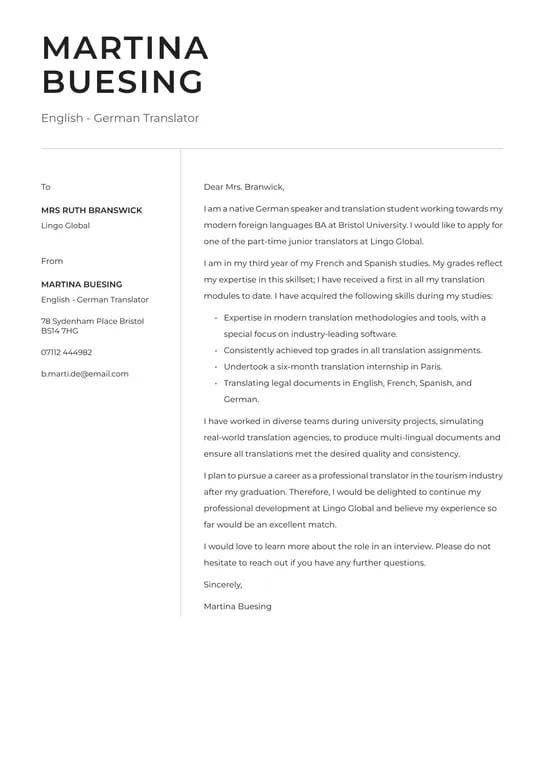Cover Letter Basics
Embarking on your job search journey can be daunting, especially when it comes to crafting the perfect application. Among the essential tools in your arsenal is the cover letter, often overlooked but crucial for making a strong first impression. This guide provides a comprehensive overview for students eager to learn how to write a compelling cover letter, setting the stage for a successful application and opening doors to exciting career opportunities. Understanding the fundamentals of a cover letter is the first step in making a memorable impression on potential employers, showcasing your potential, and distinguishing yourself from other applicants.
What is a Cover Letter?
A cover letter is a formal document that you submit along with your resume when applying for a job. It serves as an introduction, a way to personalize your application, and a platform to highlight your skills, experiences, and why you are a good fit for the role. Unlike a resume, which offers a snapshot of your qualifications, a cover letter allows you to elaborate on your relevant experiences, demonstrate your interest in the specific position, and showcase your writing and communication skills. A well-crafted cover letter goes beyond the facts presented in your resume, providing context and narrative to your professional journey.
Why is a Cover Letter Important?
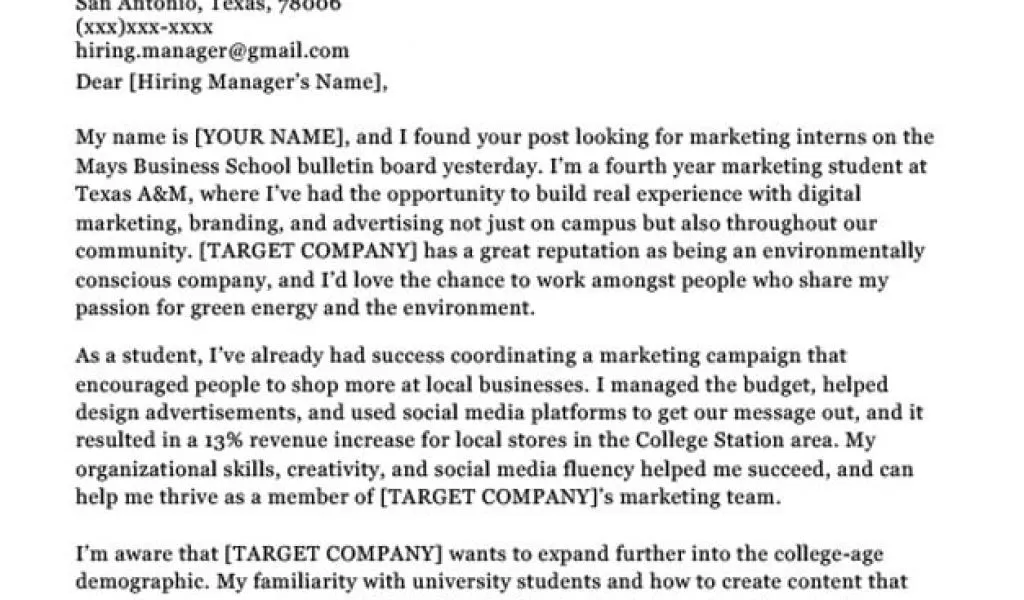
In a competitive job market, a cover letter provides an opportunity to stand out from the crowd. It shows employers that you have taken the time to understand the role and are genuinely interested in the company. It also allows you to address any potential gaps in your resume, such as a lack of direct experience, by highlighting transferable skills or relevant projects. It’s a chance to articulate your career goals and explain how your skills align with the job requirements, leaving a lasting positive impression. A compelling cover letter indicates professionalism and a proactive attitude, qualities highly valued by employers, increasing your chances of an interview.
Key Components of a Cover Letter
A well-structured cover letter comprises several key components that work together to create a cohesive and impactful message. Each element plays a vital role in conveying your qualifications and enthusiasm. Understanding these components and how to effectively integrate them is crucial for creating a cover letter that stands out. By carefully crafting each section, you can effectively present yourself as a strong candidate for the position.
Header and Contact Information
Start your cover letter with your contact information, including your name, address, phone number, and email address. Include the date and the employer’s information (name, title, company, and address). This professional header sets the tone for the document and ensures that the hiring manager can easily reach you. Accuracy is key; double-check all details to avoid any errors that could hinder communication. Properly formatted contact information is a mark of professionalism and attention to detail.
Greeting
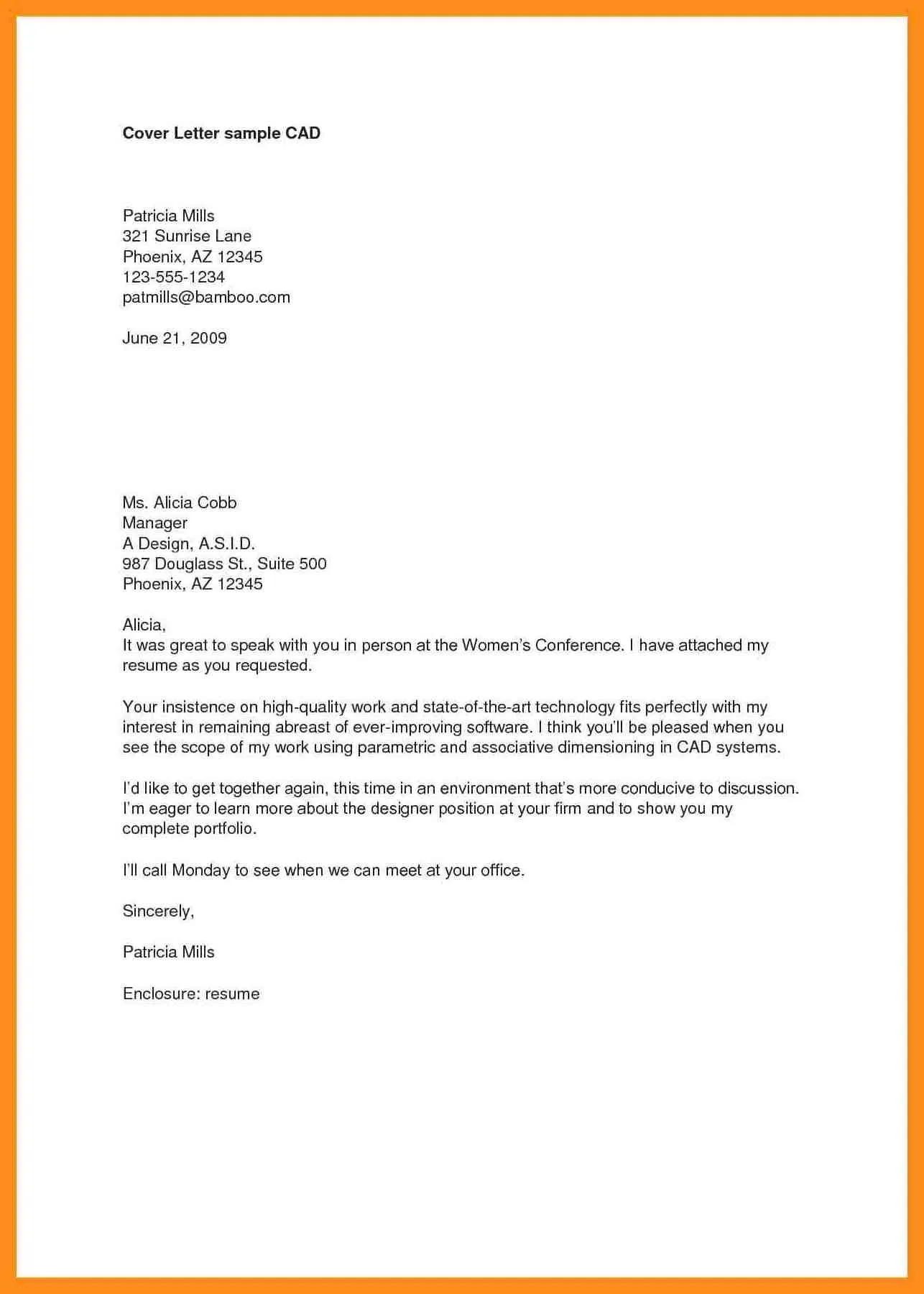
Addressing the hiring manager by name, if possible, is a great way to personalize your cover letter. Research the company to find the name of the hiring manager or the person to whom applications should be addressed. If you cannot find a specific name, use a professional greeting such as “Dear Hiring Manager” or “Dear [Department Name] Team”. Avoid generic greetings like “To Whom It May Concern” which can appear impersonal and show a lack of effort.
Opening Paragraph
The opening paragraph should immediately capture the reader’s attention. State the position you are applying for and how you found the job posting. Briefly mention why you are interested in the role and the company, showcasing your enthusiasm. You might also include a brief statement of your key qualifications or skills that align with the job requirements. The goal is to create an immediate positive impression and encourage the reader to continue reading.
Body Paragraphs
The body paragraphs are where you elaborate on your skills and experiences. Use these paragraphs to provide specific examples that demonstrate your qualifications and how they align with the job requirements. Tailor your examples to the specific role, highlighting relevant experiences, academic achievements, and projects. Quantify your accomplishments whenever possible, using numbers and data to illustrate your impact. Clearly connect your skills to the job’s needs.
Closing Paragraph
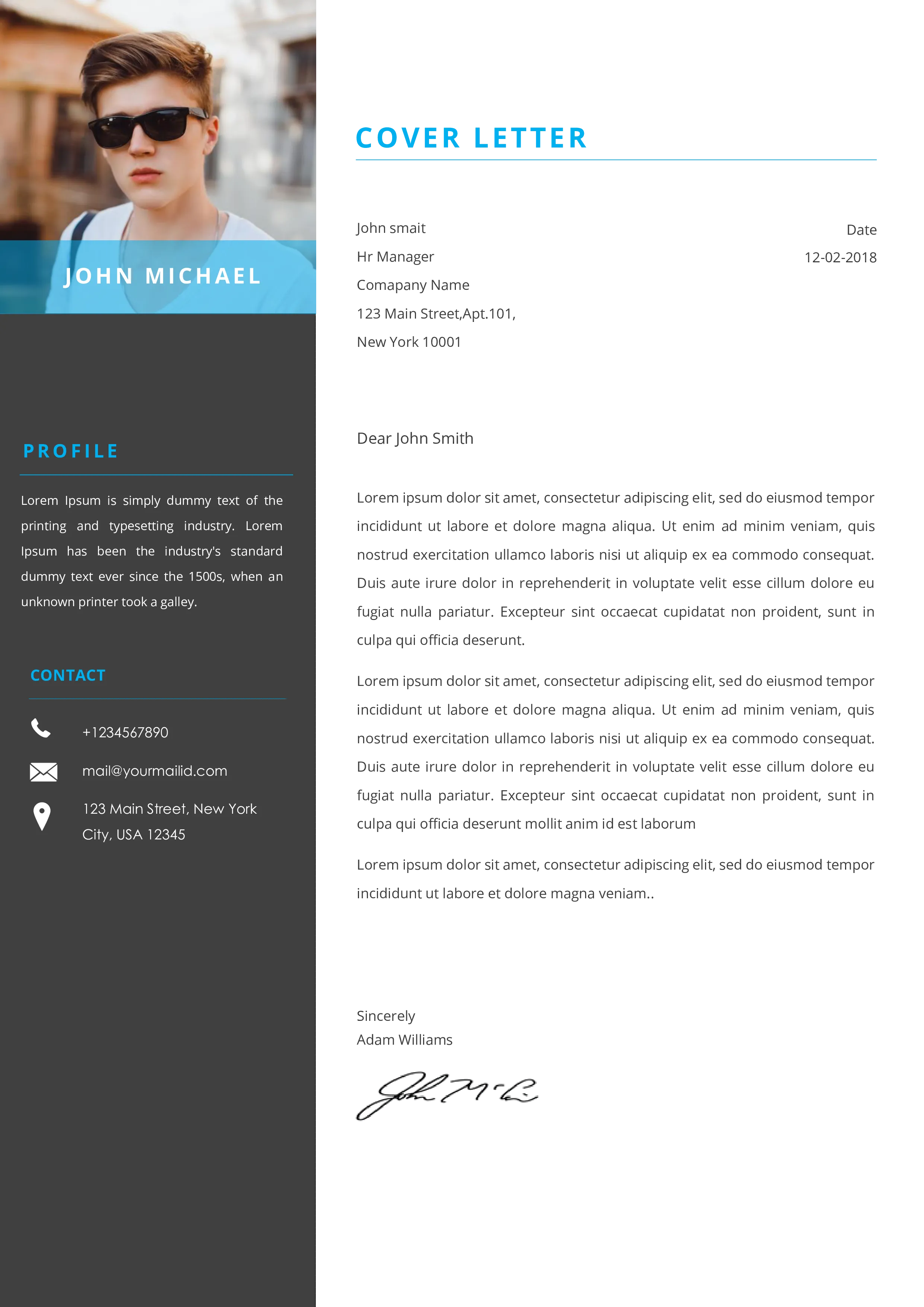
In the closing paragraph, reiterate your interest in the position and thank the hiring manager for their time and consideration. Express your eagerness for an interview and provide a clear call to action, such as stating that you look forward to hearing from them soon. Keep the tone professional and positive, reinforcing your enthusiasm and concluding with a confident closing, such as “Sincerely” or “Best regards,” followed by your name.
Formatting and Style
The formatting and style of your cover letter are essential for readability and professionalism. Use a clean, easy-to-read font like Times New Roman, Arial, or Calibri, with a font size between 10 and 12 points. Maintain consistent formatting throughout the document, with single spacing within paragraphs and double spacing between paragraphs. Use clear, concise language and avoid jargon or overly complex sentences. Proofread meticulously for any grammatical errors or typos.
Resume vs. Cover Letter
Understanding the difference between a resume and a cover letter is essential. Your resume provides a concise summary of your skills, experiences, and qualifications, while your cover letter offers an opportunity to elaborate and provide context. The resume lists your achievements and experience in a factual manner, whereas the cover letter helps you create a narrative, expressing your interest in the specific role and explaining why you are a good fit. Both documents are essential parts of your application, but they serve different purposes.
When to Use a Cover Letter
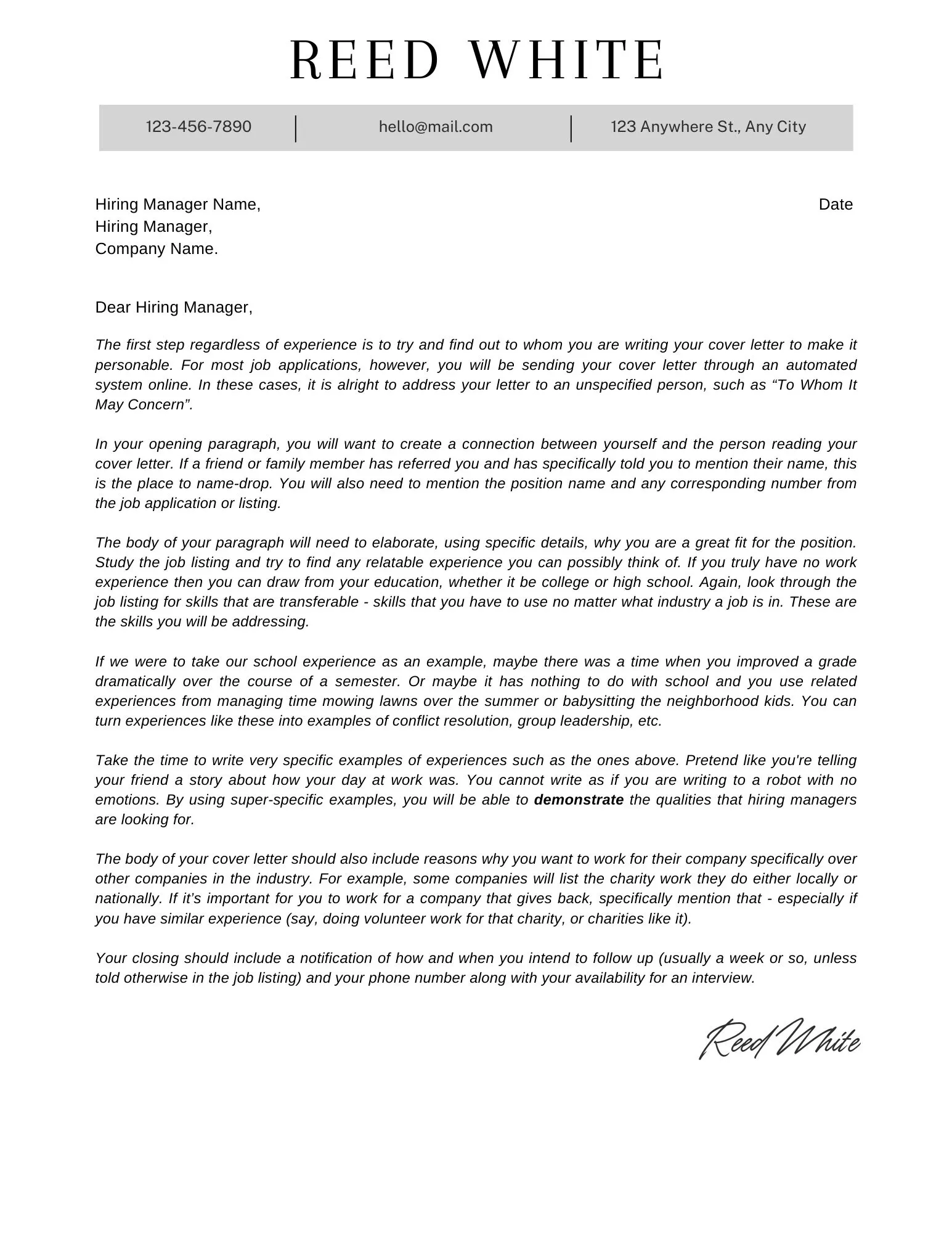
Always include a cover letter unless the job posting explicitly states otherwise. It is your opportunity to make a personal connection and demonstrate your interest in the role. It’s especially crucial when you are applying for a job in a field where writing and communication skills are important. A cover letter allows you to tailor your application to each job, highlighting relevant experiences and showcasing your personality.
Highlighting Skills and Experiences
When writing your cover letter, focus on the skills and experiences that are most relevant to the job description. Identify the key skills and qualifications the employer is seeking and highlight your relevant experiences that showcase those skills. Use specific examples from your academic projects, internships, part-time jobs, or volunteer work to demonstrate your abilities. Focus on your accomplishments and the impact you made in previous roles.
Customizing Your Cover Letter
One of the most critical aspects of a successful cover letter is customization. Tailoring your cover letter to each job application shows that you have taken the time to understand the role and the company. Generic cover letters are easily recognizable and often discarded, but personalized cover letters demonstrate your interest and make a strong impression. Customization demonstrates genuine interest and initiative.
Tailoring to the Job Description
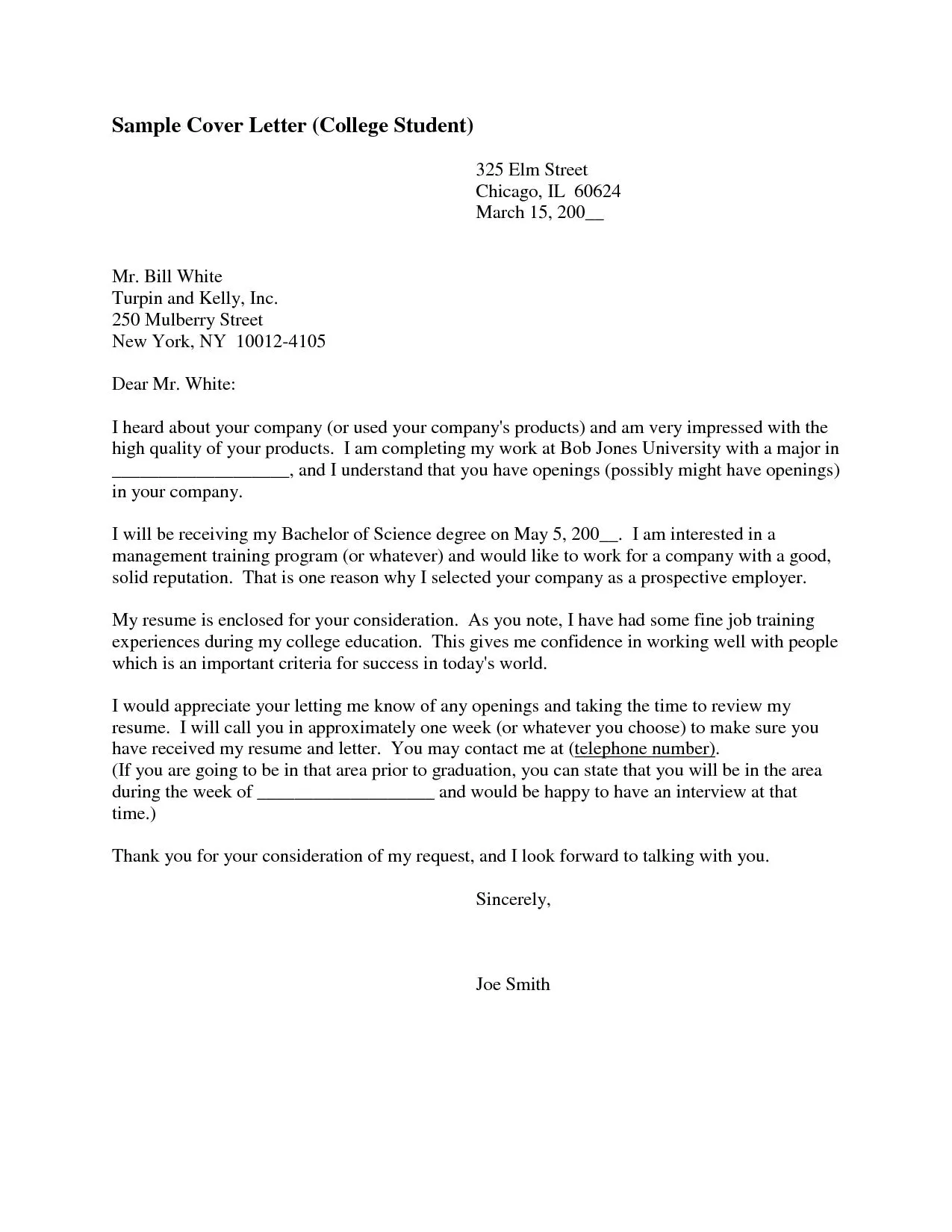
Carefully review the job description to identify the key skills, qualifications, and requirements. Use these keywords and phrases throughout your cover letter, demonstrating that you meet the employer’s needs. Address the specific requirements mentioned in the job description. Research the company and understand its mission, values, and culture. Show how your skills and experiences align with the company’s goals. Make sure to show genuine interest and a specific understanding of the company’s goals.
Showcasing Relevant Experience
Even if you lack direct work experience, emphasize transferable skills gained from academic projects, extracurricular activities, and volunteer work. Provide specific examples that demonstrate your abilities, such as teamwork, leadership, communication, or problem-solving. Highlight any relevant projects or coursework that align with the job requirements. Quantify your accomplishments whenever possible, using metrics and data to showcase your impact.
Tips for Students
As a student, your cover letter may differ slightly from those of experienced professionals, but it is still important. The goal is to highlight your potential and demonstrate your enthusiasm. Students can leverage their academic achievements, extracurricular activities, and any relevant part-time or volunteer experiences to create a compelling narrative and stand out to potential employers. Students should use the cover letter to discuss their career goals and explain their passion for their area of study, helping them bridge the gap between their academic experiences and professional aspirations.
Highlighting Academic Achievements
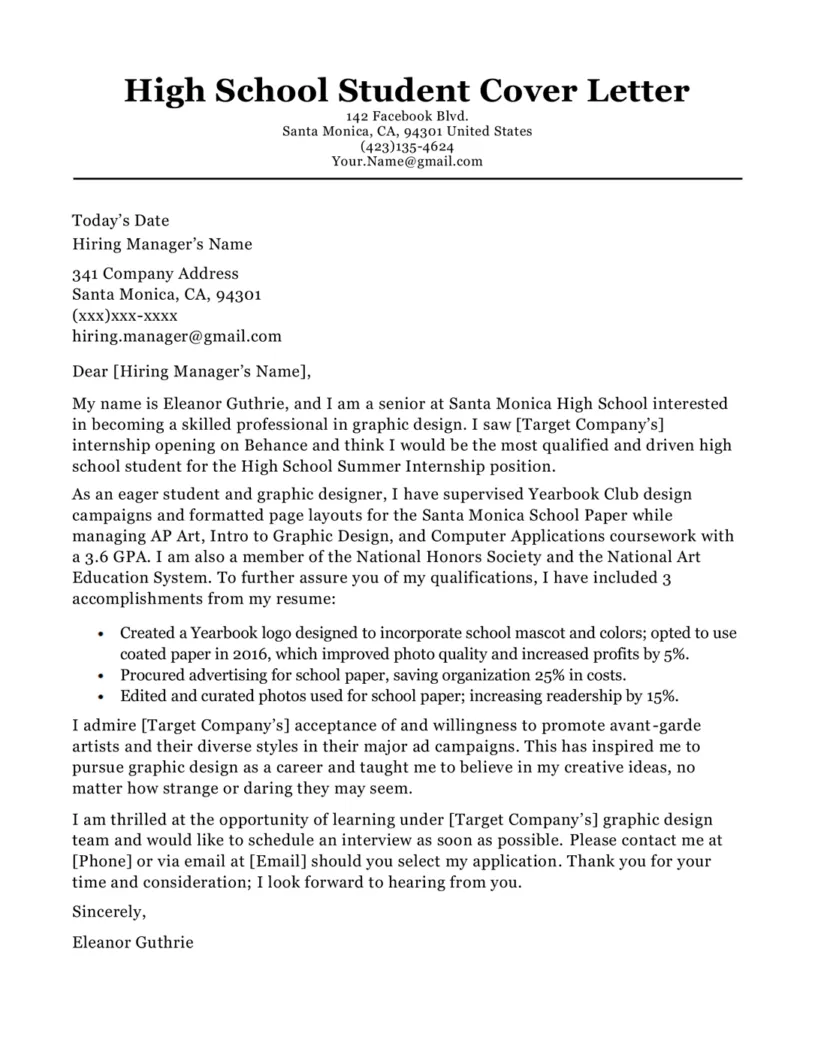
Highlight your academic achievements, such as your GPA, relevant coursework, or any honors or awards you have received. Mention any projects, research papers, or presentations that demonstrate your skills and knowledge. Show how your academic background aligns with the job requirements and demonstrates your ability to succeed in the role. Emphasize specific skills gained through your studies, such as analytical thinking, problem-solving, or technical proficiency.
Addressing Lack of Experience
If you lack direct work experience, focus on your transferable skills, such as teamwork, communication, and problem-solving. Use examples from your academic projects, extracurricular activities, and volunteer work to demonstrate these skills. Frame any lack of experience as an opportunity to learn and grow. Express your enthusiasm and willingness to take on new challenges, highlighting your ability to adapt and learn quickly. Focus on your skills and potential.
Action Verbs to Use
Use strong action verbs to describe your skills and accomplishments. Action verbs make your cover letter more dynamic and engaging, highlighting your abilities in a clear and concise manner. Use action verbs to describe your skills and accomplishments. Some examples include: Managed, Created, Developed, Implemented, Led, Collaborated, Analyzed, and Resolved. Choosing appropriate action verbs is key to making your cover letter more dynamic and showing off your skills.
Proofreading and Editing
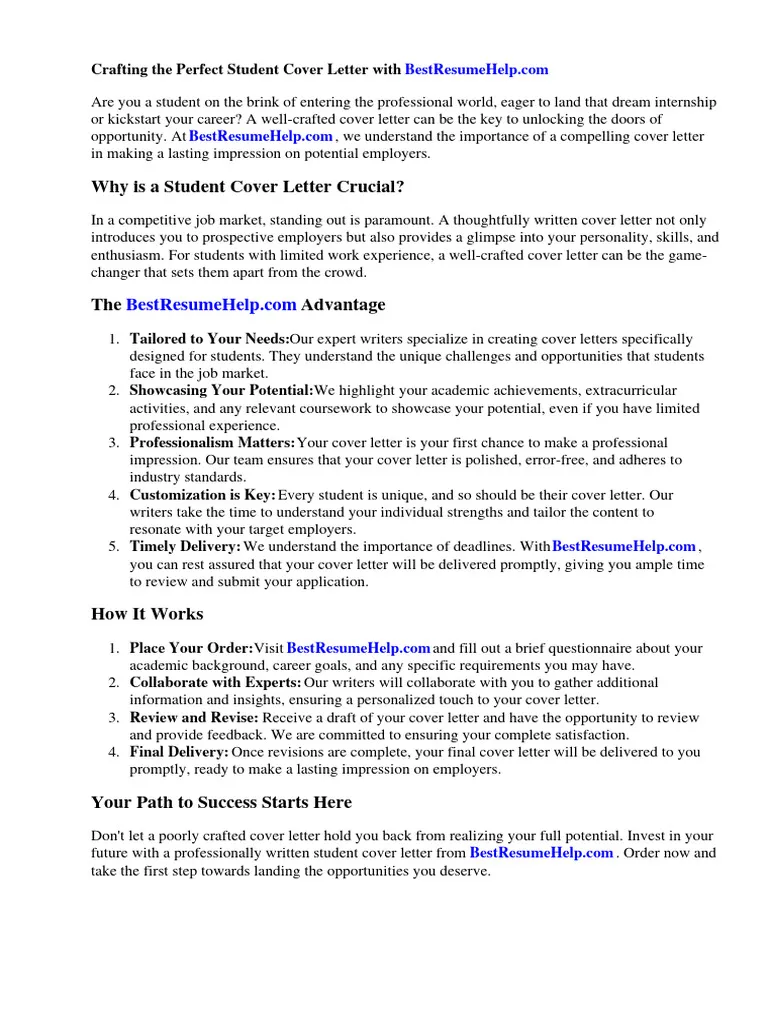
Proofreading and editing are critical steps in ensuring your cover letter is polished and professional. Errors can undermine your credibility and make a negative impression. Carefully review your cover letter for any grammatical errors, typos, or inconsistencies. Read your cover letter aloud to catch any awkward phrasing or sentence structure. Having someone else review your cover letter can help catch errors you might have missed. Ensure it is professional and flawless before submission.
Common Mistakes to Avoid
Avoid common mistakes that can detract from your cover letter. Don’t use generic or impersonal greetings. Avoid overly lengthy or wordy paragraphs. Don’t include irrelevant information that does not align with the job requirements. Refrain from using jargon or slang. Ensure your tone remains professional and appropriate. Proofread the document before submitting.
Proofreading Checklist
Use a proofreading checklist to ensure your cover letter is error-free and polished. Check for spelling and grammatical errors. Verify your contact information and the employer’s details. Ensure you have tailored your cover letter to the job description. Confirm a professional tone and style. Check for formatting consistency. Proofread to show your attention to detail and professionalism.
